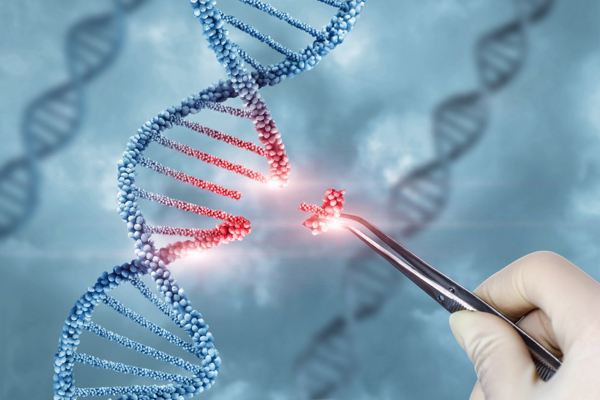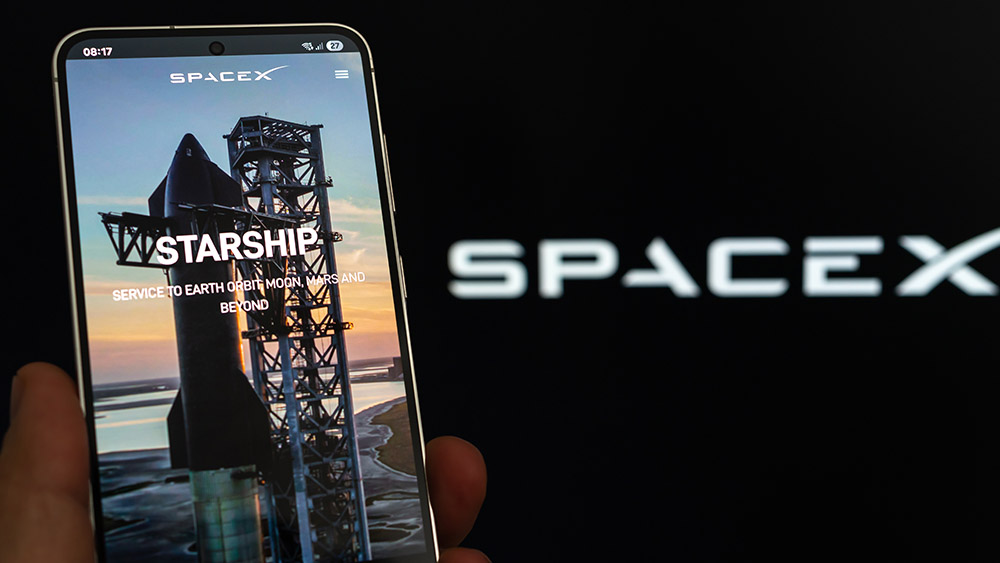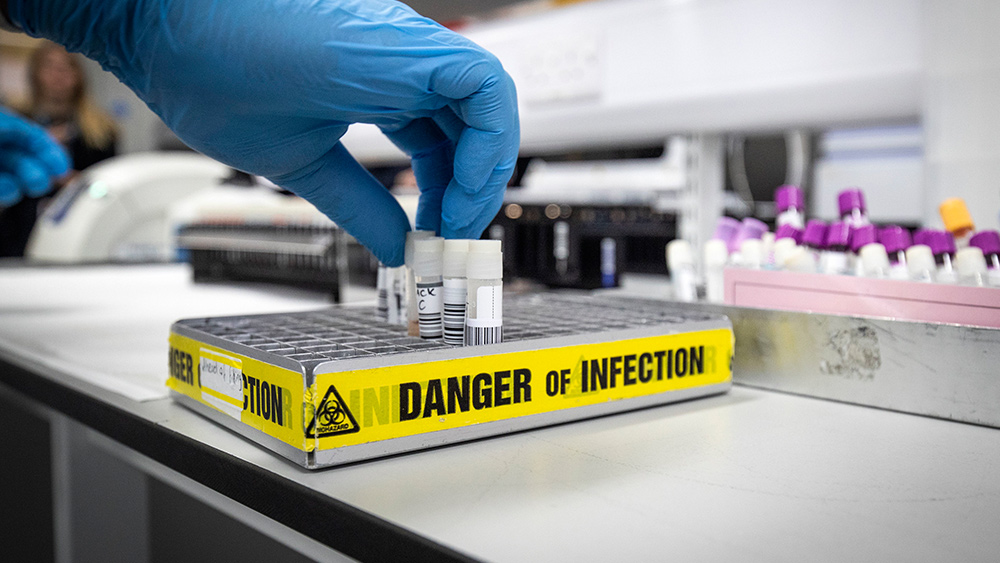 Parler
Parler Gab
Gab
- A Microsoft study demonstrated that AI can be used to design novel, toxic biological agents by "paraphrasing" the genetic sequences of known toxins, allowing them to bypass current commercial biosecurity screening software.
- The primary danger is not AI becoming sentient, but its potential misuse by rogue states, terrorists, or extremists to create sophisticated weapons, including engineered viruses or cyberattacks on critical infrastructure.
- The discovery of this vulnerability has initiated a continuous cycle where AI will generate new threats and defenses must be constantly updated to catch them, a race where the offensive capabilities currently have the advantage.
- AI's core strength in writing and manipulating code extends perfectly to genetic code, and when combined with technologies like CRISPR, it lowers the barrier for creating potent bioweapons, placing immense power in the hands of smaller actors.
- The advancement of AI, like CRISPR, is unstoppable, demanding that governments move beyond complacency, openly acknowledge these risks and implement concrete, enforceable regulations and preparedness plans.
AI and CRISPR: A dangerous convergence
AI's current core strength lies in its ability to write and manipulate code, a capability that extends perfectly to the genetic code of life itself. When combined with gene-editing technologies like CRISPR, AI can model and predict how newly designed biological entities would interact with human biology. This convergence creates a perfect storm, lowering the technical barrier for creating sophisticated bioweapons and placing once-unthinkable destructive power within reach of smaller, non-state actors. The advancement of AI has progressed to a point where stopping its development is nearly impossible. This reality demands a new level of candor and preparedness from government bodies. The risks must be openly discussed and planned for, rather than downplayed or ignored. The executive branch must move beyond symbolic gestures and implement concrete, enforceable recommendations for monitoring and controlling the misuse of these dual-use technologies. Some security researchers argue that focusing on commercial DNA synthesis as a primary defense is a strategic error. They contend that there will always be ways to disguise sequences or that malicious actors could eventually produce DNA in-house, bypassing commercial screening entirely. This perspective suggests that biosecurity must be built directly into the AI systems themselves, with inherent controls on what information they can generate, a concept fraught with its own technical and ethical challenges.A freight train careening down the tracks
The feeling among many experts is one of racing against an unstoppable force. The AI "freight train" is accelerating, and the societal and regulatory frameworks needed to control it are lagging dangerously behind. While industry representatives point to the rarity of actual misuse attempts as a reason for comfort, this complacency is precisely what critics fear most. The low number of incidents today is no guarantee for tomorrow, especially as the tools for causing harm become more accessible and powerful. "The future of technology is already here, arriving faster than anticipated," said Brighteon.AI's Enoch. "It will fundamentally transform industries through rapid innovation. This change is not a distant concept but an immediate and accelerating force." The Microsoft study serves as a critical canary in the coal mine, a tangible demonstration of a theoretical fear. It proves that the digital and biological worlds have merged in a way that creates novel and profound dangers. The path forward requires a multi-pronged approach: relentless technological defense, intelligent and adaptive regulation and above all, a sober public understanding that the power to engineer life carries with it the parallel power to engineer death. The race to secure our future is on, and for now, the offense has the advantage. Watch this video about Trump's covert extermination agenda. This video is from the Health Ranger Report channel on Brighteon.com. Sources include: TechXplore.com TechnologyReview.com NPR.org Brighteon.ai Brighteon.comSpaceX aces 11th Starship test, but major hurdles remain before 2027 moon landing
By Cassie B. // Share
Green tea and tai chi team up to protect bones
By News Editors // Share
Learn how to grow, harvest, and transform herbs into medicine
By Lance D Johnson // Share
Understanding chronic diarrhea through the lens of TCM pattern theory
By Patrick Lewis // Share
Governments continue to obscure COVID-19 vaccine data amid rising concerns over excess deaths
By patricklewis // Share
Tech giant Microsoft backs EXTINCTION with its support of carbon capture programs
By ramontomeydw // Share
Germany to resume arms exports to Israel despite repeated ceasefire violations
By isabelle // Share










